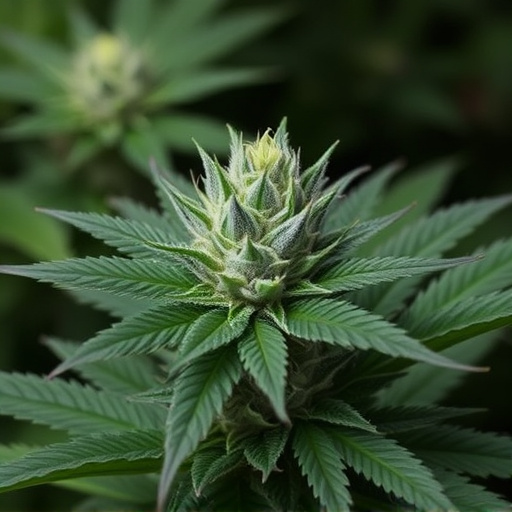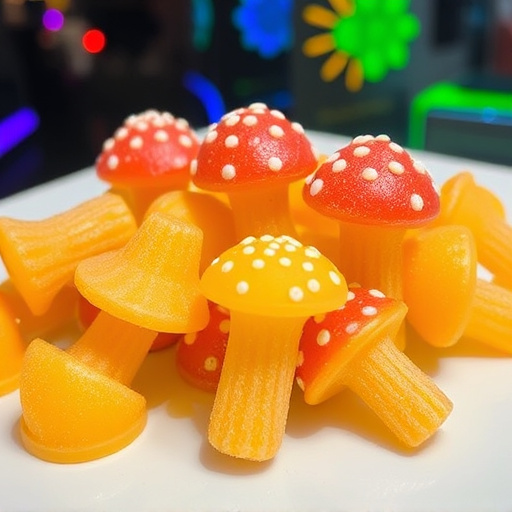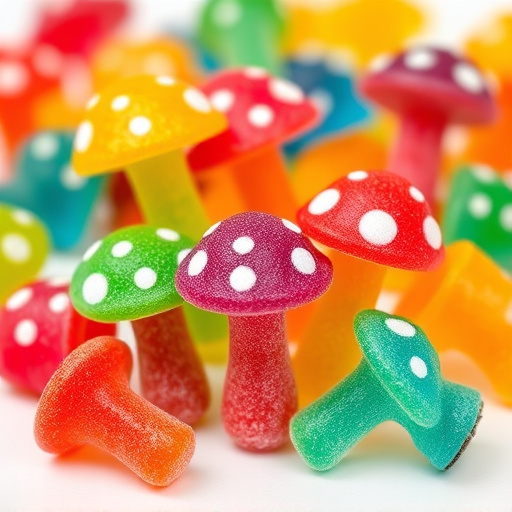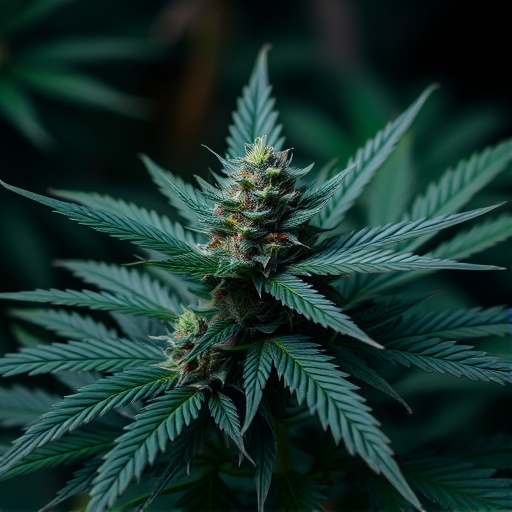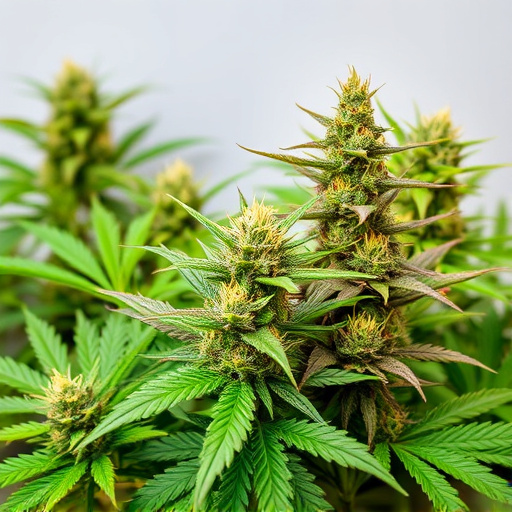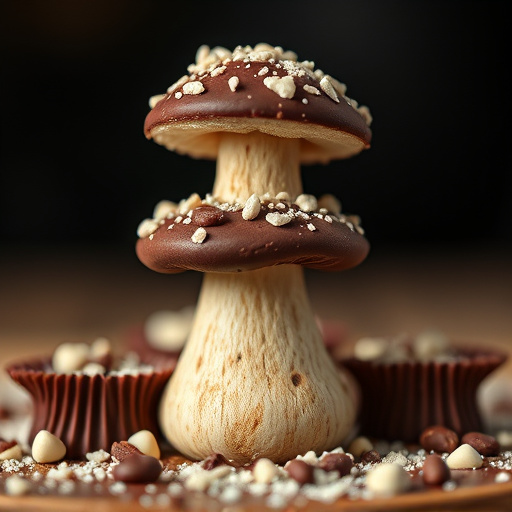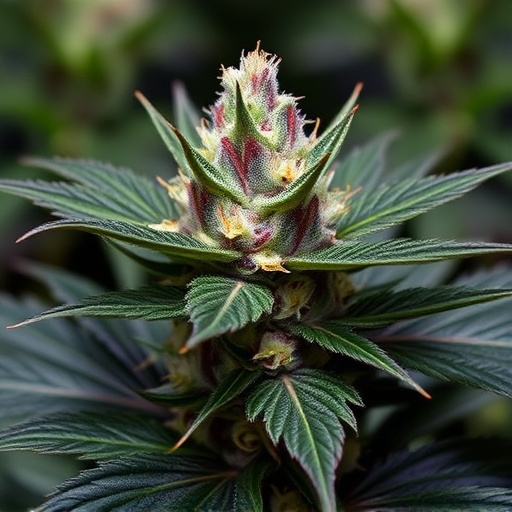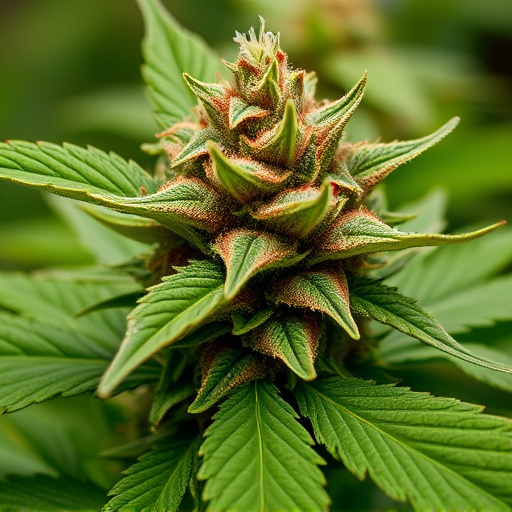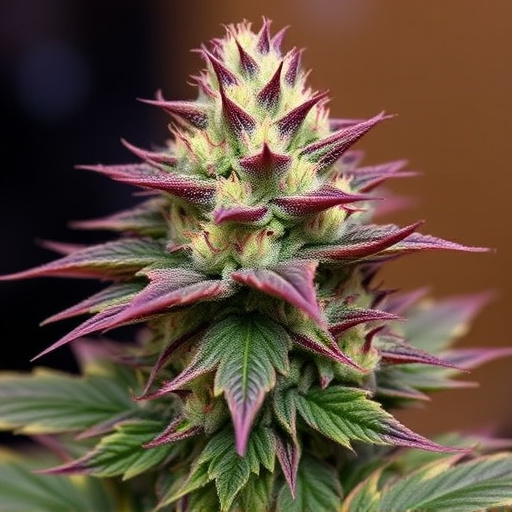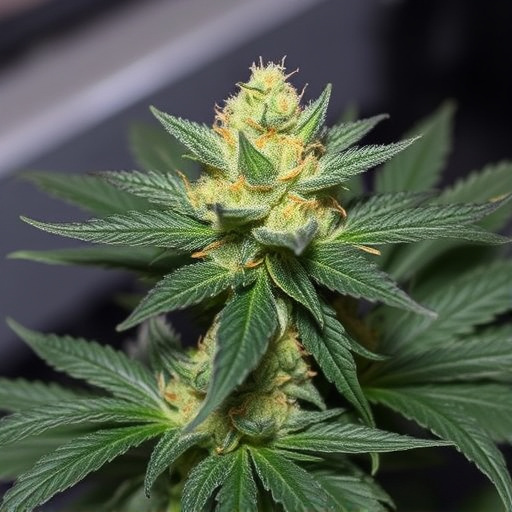Growing cannabis plants in optimal conditions is key to producing high-quality best kush strains. Environmental factors like temperature, humidity, light intensity, and soil composition drastically affect plant growth, development, and cannabinoid profiles. Precision cultivation techniques, including controlled lighting and temperature regulation, lead to superior kush strains known for their superior aromas, potent effects, and unique medicinal properties. Global cultivators adapt their methods based on climate and setting, consistently delivering top-grade best kush strains to meet diverse consumer demands.
“Uncover the secrets behind exceptional cannabis quality with our comprehensive guide. Explore how the growing environment plays a pivotal role in shaping the characteristics of one of nature’s most sought-after plants—the best kush strains. From temperature and humidity to light exposure, we’ll delve into the key factors creating optimal conditions for these coveted varieties. Prepare to navigate a fascinating journey through diverse landscapes, where each setting leaves its unique imprint on cannabis production.”
- Understanding the Impact of Growing Environment on Cannabis Quality
- Key Factors in Optimal Conditions for Best Kush Strains
- Case Studies: Exploring Diverse Environments and Their Effects on Cannabis Production
Understanding the Impact of Growing Environment on Cannabis Quality
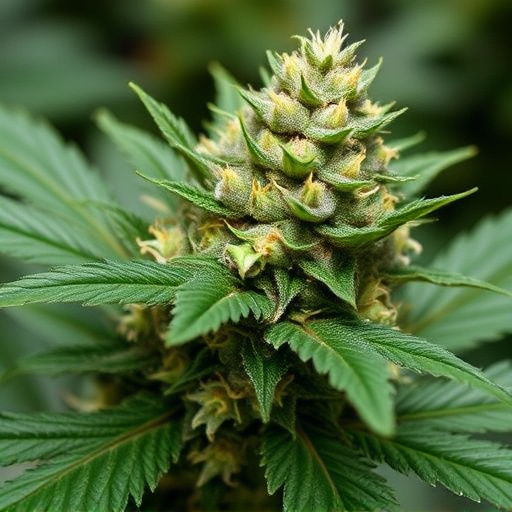
The growing environment plays a pivotal role in shaping the quality and characteristics of cannabis plants, ultimately influencing the final product. Factors such as temperature, humidity, light intensity, and soil composition can dramatically affect the plant’s growth, development, and cannabinoid profiles. For instance, optimal growing conditions have been linked to the production of some of the best kush strains known for their robust aromas, potent effects, and unique medicinal properties.
Understanding how these environmental variables interact with the cannabis plant is essential for cultivators aiming to produce top-quality buds. By carefully controlling the growing environment, from indoor cultivation setups to outdoor gardens, breeders can ensure consistent excellence in their cannabis offerings, catering to consumers seeking the highest-grade kush strains on the market.
Key Factors in Optimal Conditions for Best Kush Strains
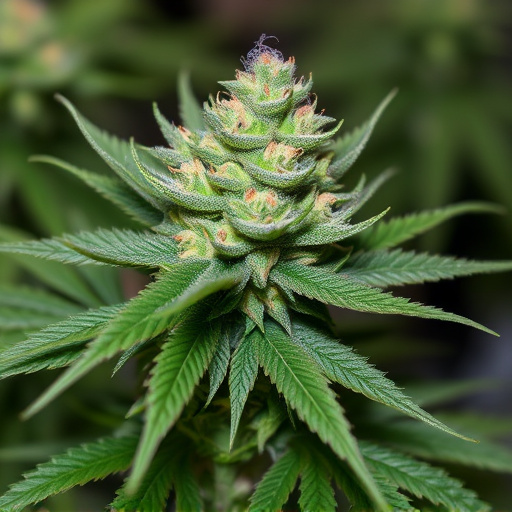
The pursuit of cultivating the best kush strains requires a keen understanding of optimal growing conditions. Several key factors play a pivotal role in achieving peak quality and potency. Firstly, light is a fundamental aspect; cannabis plants thrive under bright yet controlled lighting, typically mimicking natural outdoor sunlight spectra. This ensures balanced growth and robust cannabinoid production. The ideal light intensity and duration should be carefully regulated to avoid excessive stress on the plants, leading to better overall health and higher cannabinoid concentrations.
Temperature regulation is another critical element. Cannabis plants flourish within a specific temperature range, generally between 20°C to 30°C (68°F to 86°F). Maintaining consistent warmth during vegetative growth promotes robust stem development and efficient nutrient absorption. However, it’s equally important to introduce cooler temperatures during the flowering phase, as this triggers the plant to concentrate cannabinoids and terpenes, enhancing the overall quality of the best kush strains.
Case Studies: Exploring Diverse Environments and Their Effects on Cannabis Production
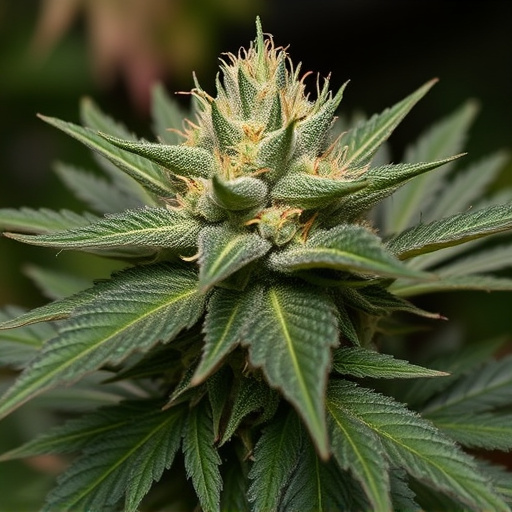
Cannabis production is a delicate dance between science and nature, where the growing environment plays a pivotal role in shaping the final product’s quality and characteristics. Case studies from around the globe offer fascinating insights into how diverse conditions impact cannabis cultivation, leading to remarkable variations in strain profiles. For instance, outdoor cultivation in temperate climates has been linked to the development of robust, aromatic strains known for their high THC content and unique terpene profiles. These environments provide a rich diversity of microclimates, allowing growers to select specific areas that optimize desired traits.
In contrast, indoor facilities offer precise control over environmental factors, enabling breeders to cultivate specific best kush strains with meticulous care. This controlled setting facilitates the cultivation of high-potency varieties with intense flavors and aromas. By manipulating light cycles, temperature, humidity, and nutrient delivery, growers can create ideal conditions for particular strains, ensuring consistent quality and yield. These case studies highlight how cannabis producers worldwide adapt their methods to bring diverse, high-quality best kush strains to the market, catering to a wide range of consumer preferences.
Growing environment plays a pivotal role in determining the quality of cannabis, especially when cultivating sought-after best kush strains. By understanding the key factors that create optimal conditions—such as climate control, nutrient levels, and lighting—growers can significantly enhance the potency, flavor, and overall experience of their cannabis produce. The case studies presented highlight how diverse environments impact cannabis production, offering valuable insights for farmers aiming to nurture top-quality best kush strains.
